How to avoid enemy fire
Your plane can only take a fixed amount of damage before getting destroyed so knowing how to evade enemy fire is definitely required to complete missions. You’ll get a beep and a Warning sign in the middle of your HUD if enemies are tracking you. Once Missiles are headed your way, your HUD will become red, accompanied by a blaring alarm. The solid red blinking arcs indicate the direction of the incoming missile.
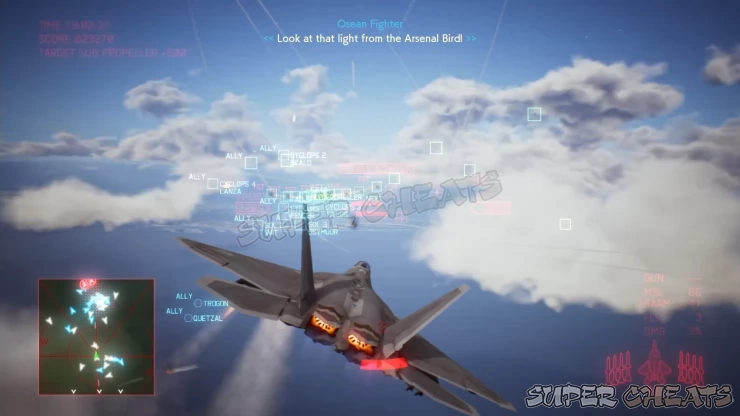
Flying Head-on is a double-sided blade; you’re putting yourself directly in the enemy’s optimal firing position while also having that advance. After getting a lock and firing your missile, sharply bank left/right away to avoid getting hit yourself. In multiplayer, the player with the longer missile range and faster reaction wins the duel.
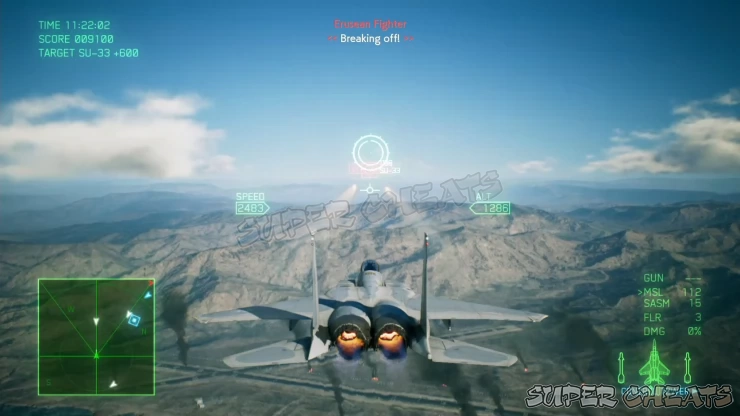
When approaching SAMs, you can wait until the last few seconds before its Missiles connect before pitching down. When done correctly, the missile should safely pass over your plane as shown below.
Machine gun fire can only be avoided by staying away from their effective range (around 1-1.3km). Normally, you can destroy them first with your missile. Finally, mounted lasers like what the Arsenal Bird and other players are using can be quite challenging to avoid since they hit almost instantly. There are other several methods of avoiding enemy fire as follows:
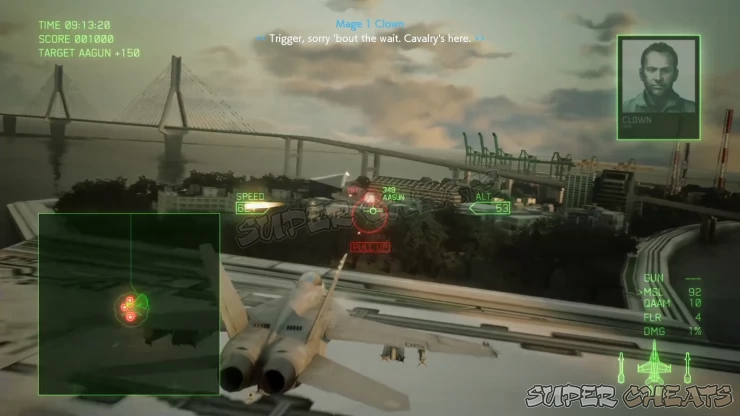
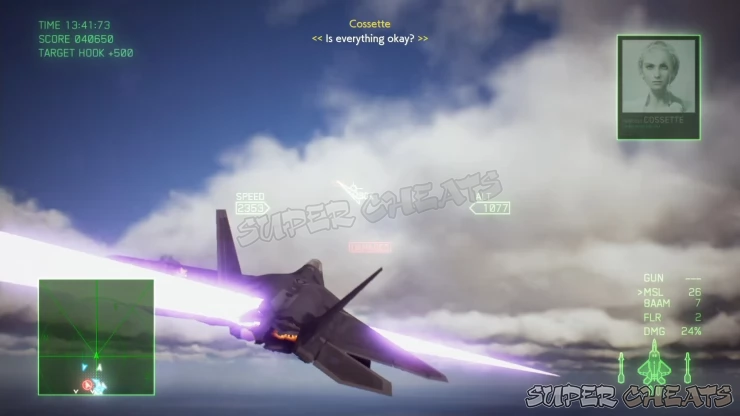
Using Flares
All planes are equipped with a certain number of flares that will lure away incoming Missiles. Because of their very limited numbers, you have to use them only when you’re in a bind, especially if there’s a swarm of missiles coming your way. While flares are effective for missiles tracking you from behind, you can also use this to avoid incoming missiles in front of you. Flares can’t protect you against machine guns, and specific SP weapons like EML, TLS, and PLSL.
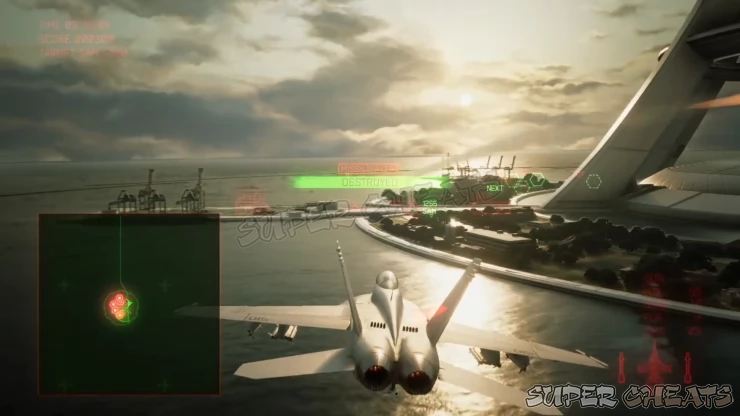
Evasive maneuvers (high G turns)
These are sudden, tight turns that you can perform with your aircraft at the cost of speed and acceleration. It is recommended to do this at the right moment since turning early or late will still get you hit. The best chance to use this is when the enemy Missiles are close to you. This requires a bit of instinct and situational awareness. Look at the short-range radar to see incoming enemy missiles. Do not hit on decelerate hard since you may find yourself stalling. As soon as you perform a high G turn, immediately accelerate as hard as you can to minimize your vulnerable window
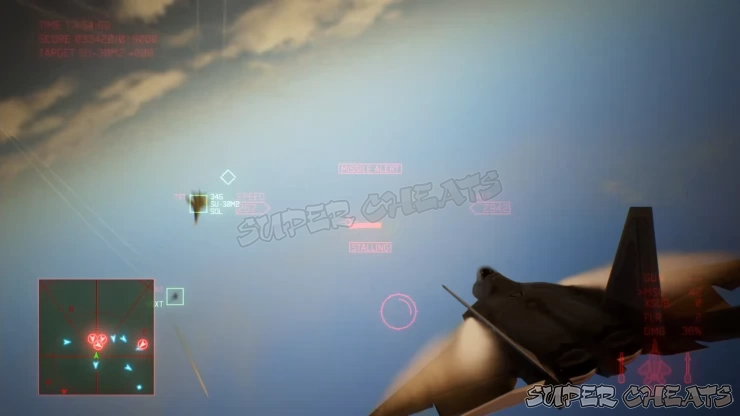
Using Cloud Cover
Homing Missiles will often lose their tracking when following a target through thick cloud layer. There’s even a campaign mission dedicated to this mechanic. This tactic applies both to campaign and multiplayer. Flying through the clouds will not completely lose the missiles tracking you but will greatly affect their homing capabilities. Perform evasive maneuvers while in the clouds to maximize its effect. Don’t stay in the cloud too long or your aircraft will ice up, affecting its performance. Furthermore, this won’t work in thin, scattered cloud formation.
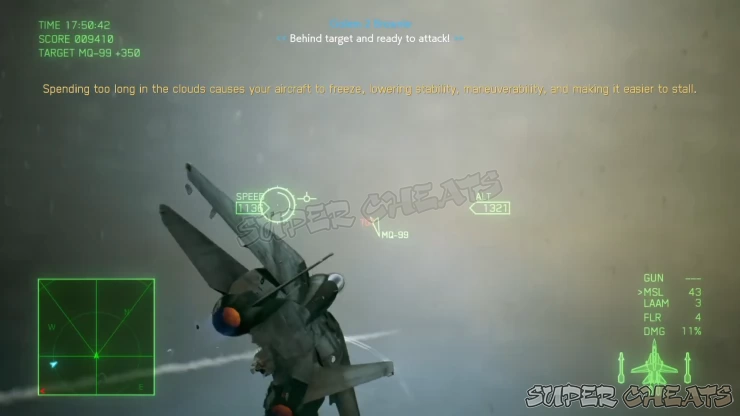
How to unlock more skins?Previous Page
How to increase your chances of hitting your target
Anything missing from this guide?
ASK A QUESTION for Ace Combat 7: Skies Unknown
Comments for How to avoid enemy fire
Add a comment
Please log in above or sign up for free to post comments- Basics - Features
- Basics - Game Mechanics
- Basics - Multiplayer
- Campaign
- Assault Records
- Extras
 Join us on Discord
Join us on Discord
